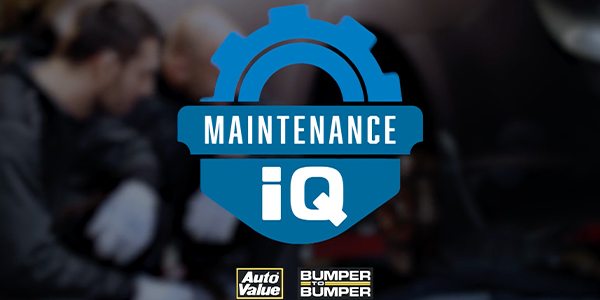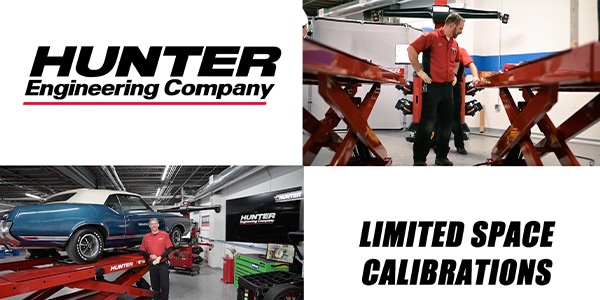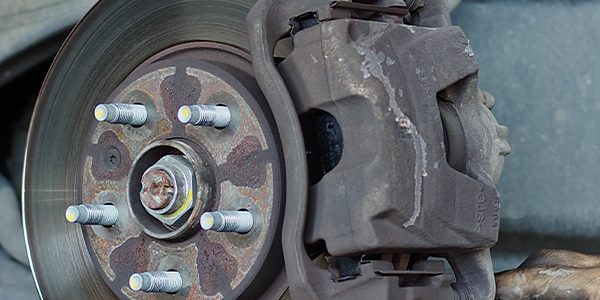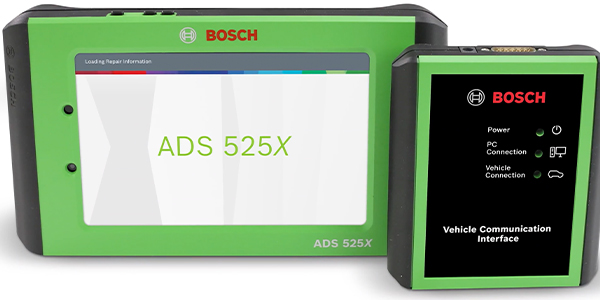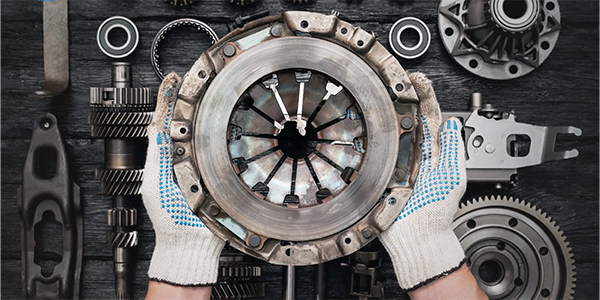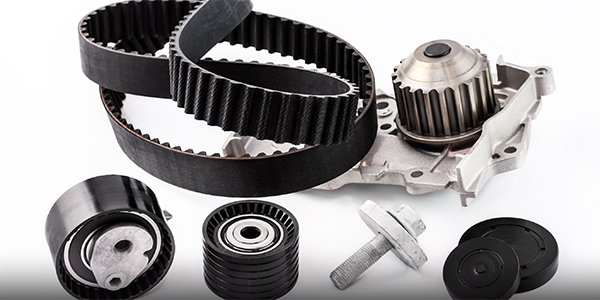Most late model cars and trucks are designed to operate at 18 to 21 PSI or less. So most radiator and heater hoses never see the high side of 21 PSI, even if the engine runs hot and overheats. The spring-loaded valve inside the radiator cap will open at its maximum rated pressure and vent steam and coolant to relieve pressure.
Most coolant hoses can safely handle a maximum working pressure of 30 to 40 PSI, which is double of what it might see in the real world. Of greater concern is the ability of the hose material to resist deterioration from heat and chemical attack.
The coolant that circulates inside the radiator and heater hoses is usually between 195 to 220 degrees F when the engine has reached normal operating temperature. Quality radiator and heater hoses made of EPDM can usually handle operating temperatures in excess of 300 degrees Fahrenheit. But these are best-case scenarios that do not take into account a hose that has lived a hard life under the hood of a vehicle for thousands of miles.
Most original equipment coolant hoses made of EPDM should easily last up to 10 years or more in normal service. So why should customers expect anything less from an aftermarket replacement hose?
The 60,000/90,000 rule is always a good idea. Start the belt and hose inspection process as early as 60,000 miles. A good opportunity to do this is at every oil change as oil changes are much more frequent than coolant changes. And then plan on hose replacement at 90,000 miles or at least give it consideration.
If a radiator or heater hose has failed, chances are the other hoses are also reaching the end of the road and may soon fail too. For this reason, all of the coolant hoses should be replaced at the same time. You only have to drain and refill the system once (which can be a pain on many late model cars due to air entrapment), and your customer will have the peace of mind that there shouldn’t be any more hose failures for years to come. The coolant should also be changed if it is more than five years old, And, replacing the thermostat is a good idea to prevent overheating problems down the road. The radiator cap should also be inspected and replaced if it leaks, or fails to hold its rated pressure.
This video is sponsored by Continental.


